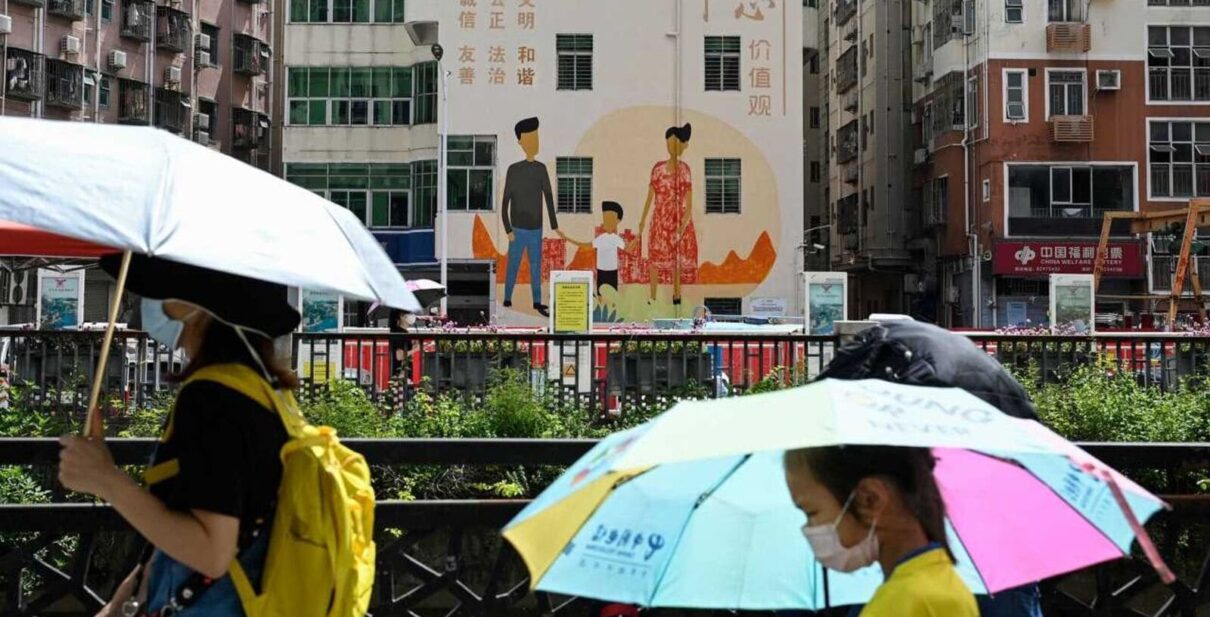Leading urban centers, or first-tier cities, like Beijing, Shanghai, Shenzhen, and Guangzhou are showing signs of a revival after the downturn of previous years while smaller cities, or those in the lower tier, aren’t. The divergence is born from a mix of government policies, market dynamics, and regional economic conditions.
In March 2025, Beijing saw new home sales increase by 125.6% compared with February, while existing home transactions grew by 61.4%, according to government statistics.
The tech-hub city of Shenzhen recorded a 75.1% year-over-year rise in new home sales, along with a 55% increase in existing property transactions—a swift turnaround largely attributed to policy intervention, including lower mortgage rates, reduced down payment requirements, and eased purchase restrictions designed to stimulate demand.
“We think China’s property sales could stabilize toward the second half of 2025 as prices in higher-tier cities and overall sales volumes steady. This will depend on the government’s continued support for funding conditions for developers and efforts to reduce inventories,” S&P Global credit analyst Edward Chan wrote in a research note.
The land market in first-tier cities is also gaining momentum. In early 2025, Beijing, Shanghai, and Hangzhou saw land deals exceeding 5 billion yuan ($692 million), with some plots receiving premiums over 100%. These high rates signal a return of investor confidence, especially in prime locations. Additionally, improved sentiment among home buyers, driven by favorable policies and economic stability, has helped lift market activity in these cities.
In contrast, lower-tier cities are struggling to stabilize. Despite national efforts to support the housing market, these regions continue to experience falling prices and rising inventories. In March, newly built home prices in second-tier cities dropped by 4.4% year-over-year, while prices in third-tier cities fell by 5.7%. The oversupply of housing, coupled with weak demand, has led to high unsold inventories, further denting prices.
Several factors are behind the struggles of lower-tier cities. Rapid construction in the years leading up to 2020 resulted in an oversupply of housing—but demand hasn’t kept pace. As a result, many new developments remain unsold, pushing down prices. Additionally, reduced purchasing power and weaker economic conditions in these regions have left many potential buyers unable to afford new homes. Despite some price cuts by developers, demand remains sluggish, and analysts predict that these cities won’t see significant recovery until at least 2026.
Lu Yangling, 52, who is from the lower-tier southwestern city of Xishuangbanna, in Yunnan province, told Barron’s that three units owned by himself and his brother and sister have all lost value in the last several years. “There is no real estate activity. Really, there seems to be little business activity overall,” he said by phone.
When asked if these trends were affecting his consumer and savings activities, he said: “Of course. Our money is in our homes. If they are losing value, we are going to spend less on things” like travel, dining out, and even in-city meetups with friends, he said.
The structural economic challenges in these areas—such as low income levels and slow local growth—are proving difficult to overcome. While some developers in smaller cities have adjusted prices to stimulate sales, it’s unclear how effective these price reductions will be.
Officials in Beijing seemed to have recognized the need to stabilize the real estate market, and have implemented policies aimed at revitalizing the sector. There has been a rollout of financial support for developers, particularly to ensure the completion of housing projects, and urban redevelopment programs to boost demand for new homes. The government also says it is working to increase the availability of affordable housing in both urban and rural markets.
Despite these measures, the recovery in lower-tier cities remains uncertain at best. Analysts expect recovery in these regions to take longer, with a return to normalcy not expected until 2026 at the earliest.
“For large cities, policies are more effective because demand and supply are more balanced,” wrote Zhang Zhiwei, chief economist at Pinpoint Asset Management, in a note to clients.
“Many of the small cities have a long-term structural oversupply problem that’s more difficult to resolve. It will take longer.”
For investors, the outlook is mixed. First-tier cities are expected to experience moderate price growth in the near term, driven by increased demand and more favorable economic conditions. But the market in lower-tier cities remains fragile, and investors should be cautious, focusing on high-quality properties in areas with better prospects for recovery, said S&P’s Chan.
Write to [email protected]




